Yesterday, while adding some timing plots to the "Optimally picking one element from each list" question I was once more remembered of a mathgroup posting I did a couple of years ago ("Keeping plot annotations after regenerating a plot").
I was happily annotating my plots (manually) when I thought that some axis labels would be nice. Problem is, regenerating the plots with the axis labels in place will destroy your manual annotations.
It appears you can find user additions in a plot named pic here: Rest[pic[[1, 1]]], so if you regenerate the plot as pic2 you can get your annotations back if you use:
Insert[pic2, Rest[pic[[1, 1]]], {1, 1}]
I remember David Park (author of the Presentations package) being vehemently opposed to manual annotations. I have done quite some programmatic labeling myself, but sometimes placing labels under program control is just too difficult, like here (note that I don't like PlotLegends much, especially because some of the colors are close to each other):

It was already too late for my kludge, having thrown away the plot originals, but I wonder what the current state of thinking on this issue is.
- Are there better ways to do this?
- How general is this method? Does it work in all plot and chart types?
- Does it work in all versions? (above 5.2)
- Any WRI plans to improve handling of user additions in plots?
BTW The trick in my mathgroup posting differed slightly from the one shown above and used in the top-10 plot. The principle is the same, though.
EDIT
I placed the code to make SO data plots like the one above in the Mathematica Toolbag.
EDIT
The code is now moved to the more appropriate question by Brett Champion: How do I access the StackOverflow API from Mathematica

